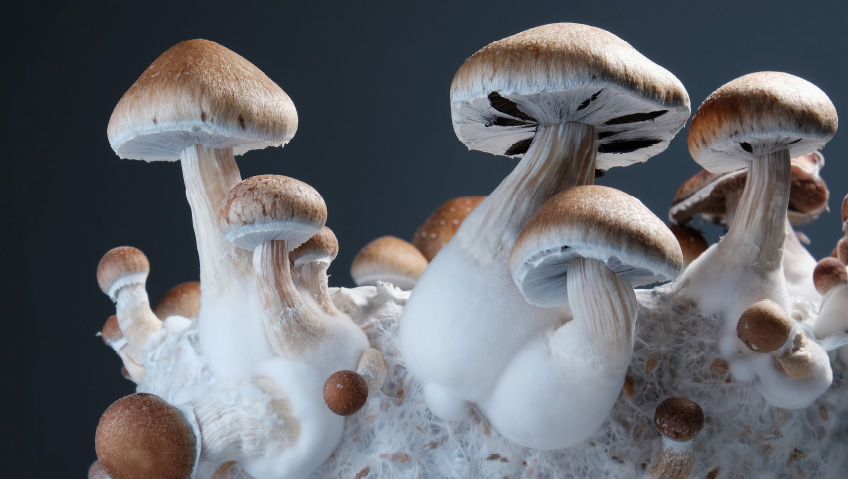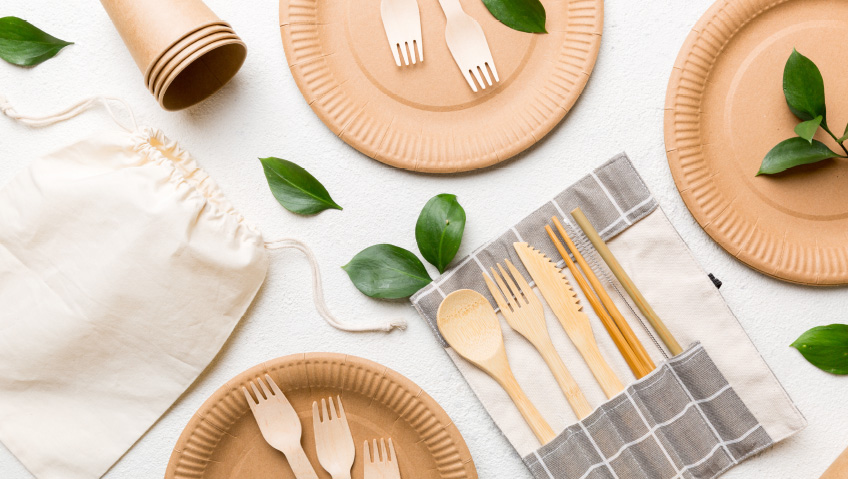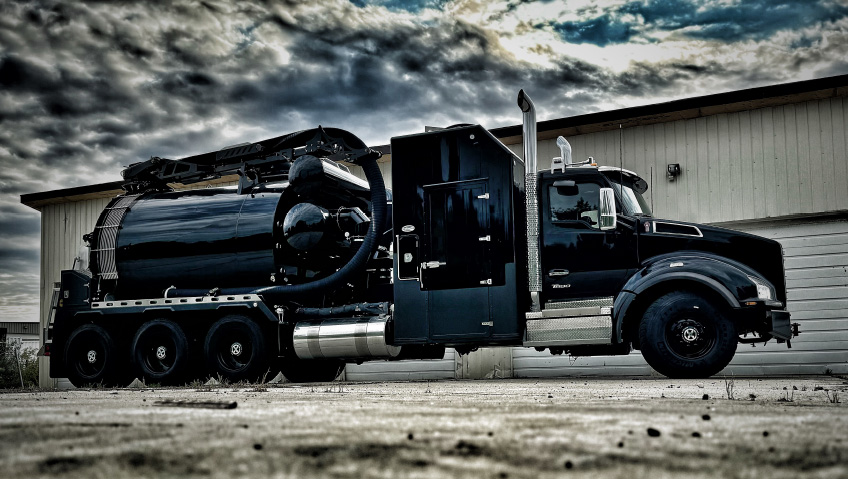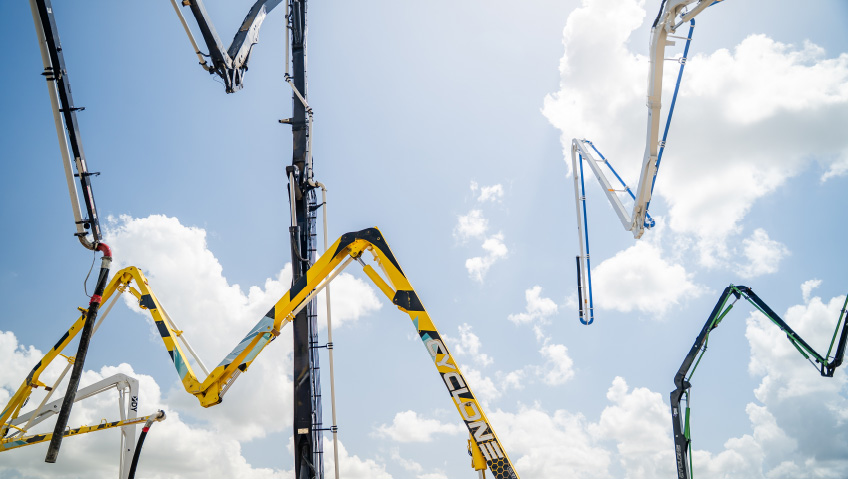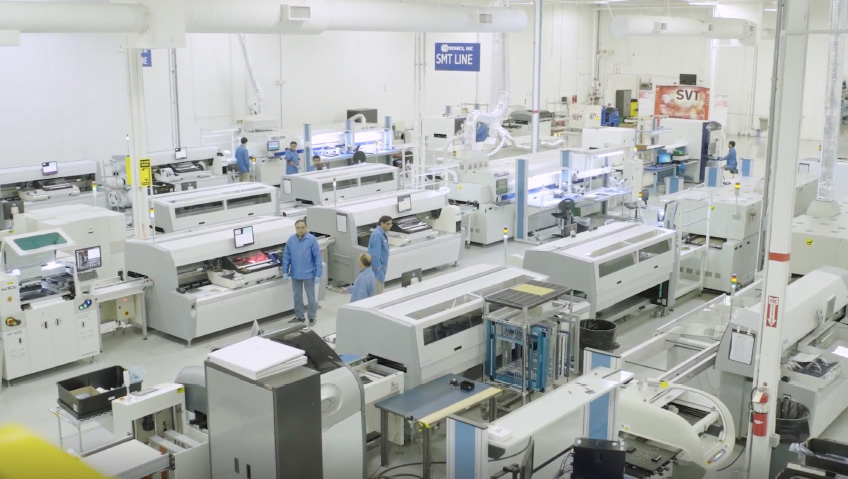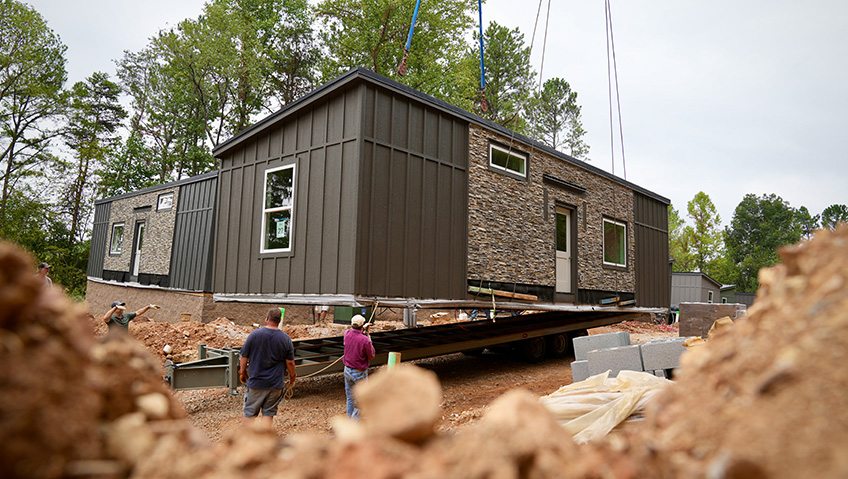Mushrooms, in all their forms, have been an integral part of the human experience for millennia. In fact, scientists tell us that our world would not be possible without their complex systems. And, while truffles may be one of the world’s most prized culinary ingredients, the greater underground kingdom of fungi holds a far more precious promise—one that could potentially help save the planet from what one innovator calls “legacy” materials.
Mycelium is one of the most promising organic systems currently being explored by researchers and developers. While products such as non-organic synthetic fabrics, cement, plastics, and others have the planet heaving from toxicity overload, new applications for this magical organism are beginning to turn the world of materials manufacturing upside down. Beyond sprouting fungi, mycelia are root-like matrices comprising hyphae, delicate strands that act as a nature’s internet and delivery service combined, connecting life across entire forest floors and beyond.
This transformation prompts a key question: how did humble fungi evolve from countryside snack to global material solution? The journey began in 1907 when Belgian chemist Leo Hendrik Baekeland introduced Bakelite, the first synthetic compound derived from organics—a leap few could predict would pave the way for later materials with unintended consequences.
As an ever-evolving synthetic polymer craze ensued following another new discovery in 1920, the possibilities these plastics created for everything from the automotive industry to helping save lives through healthcare would later exist in stark contrast to the ecological damage they would cause through gross and micro-pollution.
Today, finding—and more importantly, implementing—alternatives to these polymers and many other environmentally damaging materials is a matter of global urgency, but often easier said than done. While advocates have touted recycling as the solution to keeping plastics and other materials out of landfills, the reality is that in the case of plastics alone, very little waste appears to enter the recycling loop. It is also often more costly to recycle than to produce from scratch.
According to a 2022 report by the Organisation for Economic Co-operation and Development (OECD), less than nine percent of the world’s plastic is recycled. The report cites several reasons for this, including an increase in single-use plastic caused by COVID-19 and the mismanagement of plastic waste, to name but two. In First World countries, this situation appears to defy the purpose of having recycling facilities at all; in Third World countries, where recycling plants are generally a rarity, it entirely nullifies the claims of often well-meaning companies that assure customers their plastic is safer to use because it is recyclable.
Enter novel ways of turning mycelium into vegan leather, packaging, building materials, and even food replacements. American mechanical engineers and eco-entrepreneurs Eben Bayer and Gavin McIntyre, nominated by the European Patent Office (EPO) for the European Inventor Award 2019, established Ecovative in 2007. Today, the company continues working hard to replace what it has dubbed legacy materials with AirMycelium™ technology. The company also offers exciting grow-it-yourself kits that inspire fellow enthusiasts to explore the material.
Growing entirely natural, compostable materials that are non-toxic and water- and flame-resistant, Ecovative has also developed lightweight composites for the construction industry and is working on carbon sequestration and insulating façades. To achieve the basis of its mycelium product, agricultural waste like wood and hemp fibres are “knitted” into a basic substrate—a base material that serves as a support for mycelium growth—by a mycelium matrix over a period of around six days in air- and temperature-controlled conditions before being slowly baked. The best part, beyond being fully biodegradable, is that the material compares to traditional options in price. Moreover, it uses only a fraction of the energy to produce, with minimal emissions.
The material is an especially promising alternative to leather. Luxury brands like Stella McCartney, Hermès, Lululemon, and Adidas have all used the material, trademarked as Mylo™, in their ranges. Three months ago, science and technology YouTuber Matt Ferrell reported the mycelium-based packaging market to already be worth $85 million, with companies like IKEA and Dell having adopted the material.
While apparel and packaging innovators have been building a new mycelium-based paradigm, the construction world has also taken note of its possibilities. While it is not yet a common building material, researchers are committed to changing this situation. One of the first iterations of the product’s use in construction was the Hy-Fi in Queens, New York, a 12-metre-tall compostable tower made of mycelium-bound corn husks, built a decade ago.
An inspiring aspect of the use of mycelium in architectural design and construction is the interdisciplinary collaboration it demands, according to Benay Gürsoy Toykoc, Associate Professor of Architecture at Penn State University’s Stuckeman School. This is just one institution leading extensive research into working with mycelium as a construction material, having established a Living Materials Center to help coordinate the various disciplines involved in making the dream a reproducible, commercially viable reality. Researchers realized that Pennsylvania produces most of the country’s mushroom harvest, making it the ideal place for such studies. Utilizing the university’s mushroom research facility, built in 1960, they have the support of a mycologist, engineers, and many other disciplines to greatly enhance the process of learning about the optimal conditions for its growth, which has greatly expanded material development possibilities. Other universities pursuing this field of study include the University of Bristol in South Africa.
While enthusiasts wait with bated breath for 3D-printed mycelium construction and other marvels to begin appearing on our skylines, companies like Front and Grown Bio provide early adopters with mycelium-based bricks that can be used to create décor elements, interior floors, accent walls, and the like. The next wave will no doubt be one of suppliers setting themselves up throughout the manufacturing industry to meet a burgeoning demand.
We often talk about innovations as having previously existed purely in the realm of science fiction; a world made of mushroom seems more at home in the realm of fantasy or fairy tale. But the most magical part is that building a new world out of mushroom hyphae may soon be a reality.

